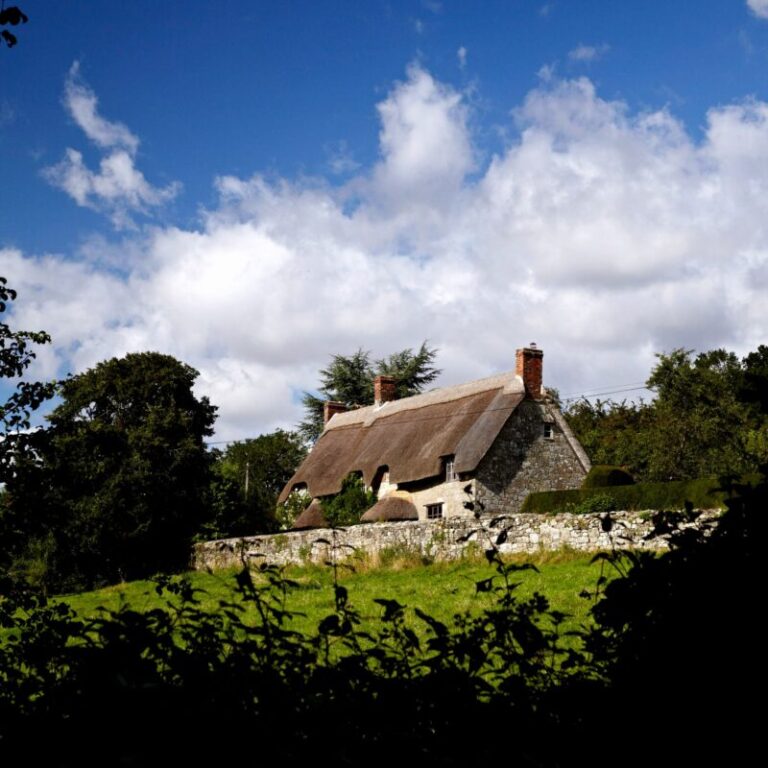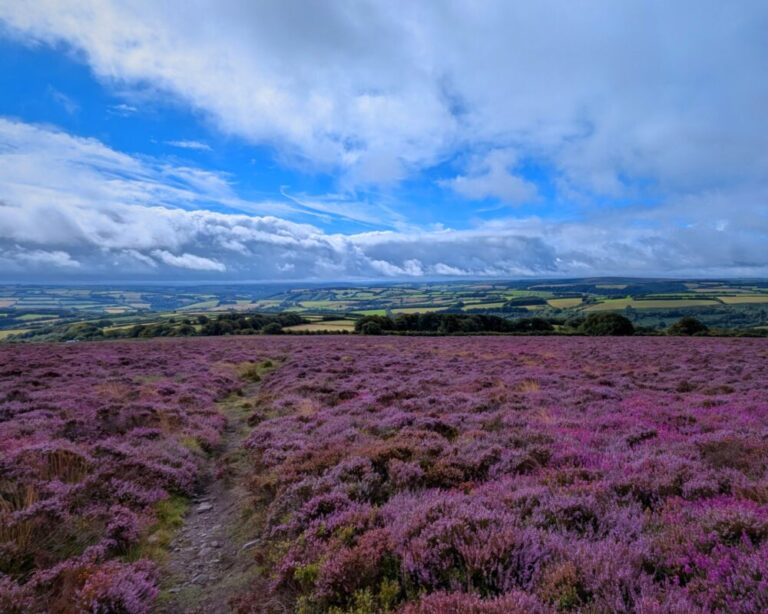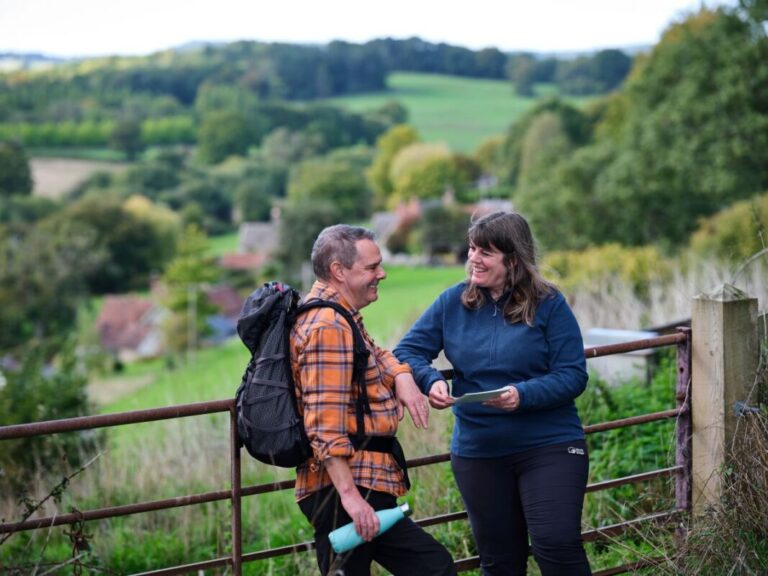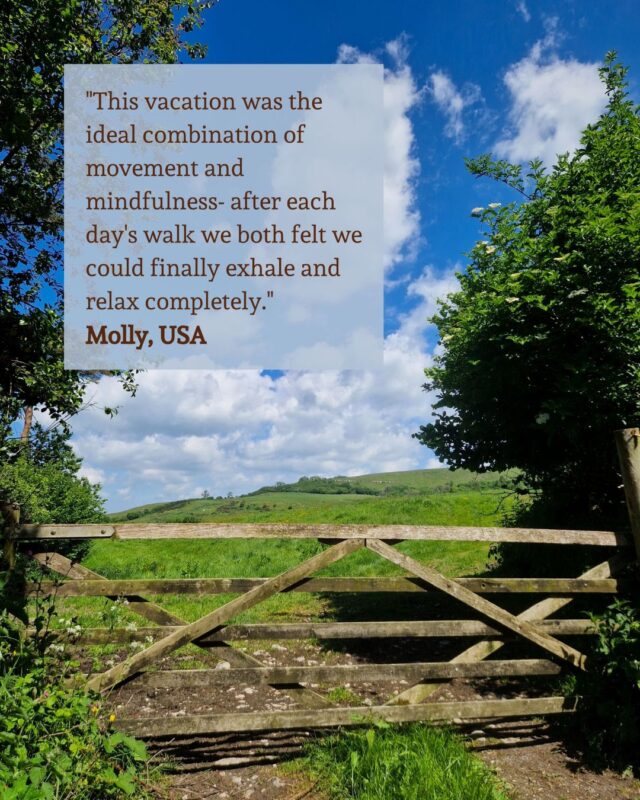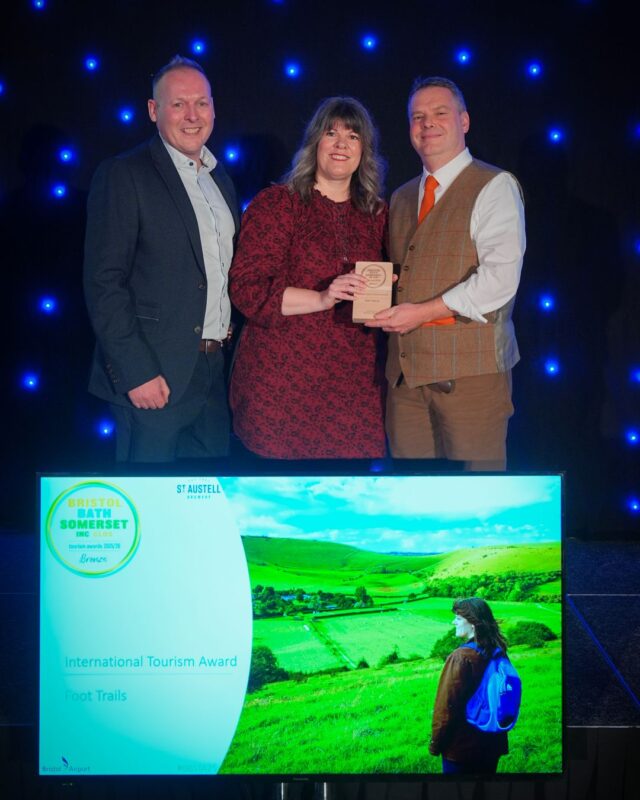If there is something such as a country city, then Bath is surely it. Surrounded by wooded hills, graced by beautiful Georgian architecture, the River Avon flowing through, it’s a stunning place to walk. We never tire of the stunning views.
Read below for some of our favourite histories & stories!
Prior Park was created as a deer park by John of Tours, the newly created Bishop of Bath in 1091.
In the 13th century it was given to the Prior of Bath, hence the adoption of the name Prior Park. It became his country seat and a grange and other buildings were built here.
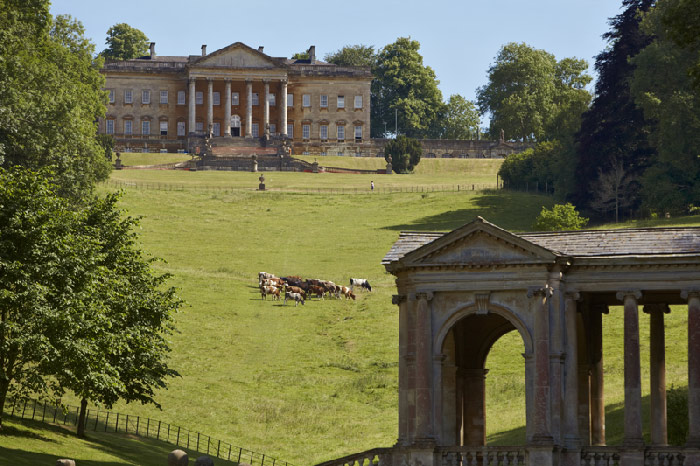

By the reformation Prior Park was in a ruinous state and the deer long since escaped! It was sold off for agriculture before being bought by Ralph Allen.
He commissioned a house by John Wood and engaged landscape designers and took advice from poets on the landscape he would create here. The Palladian bridge you might glimpse through the trees is one of only four examples in the world.
The canal network in the Avon valleys dates back over 300 years, a solution to being able to move larger and heavier loads of goods to market (the rivers had largely become unnavigable due to the mills and their weirs).
Our Bath & Avon Valley Foot Trail explores both an abandoned canal; stone locks and bridges stand where once water & barges moved. And then to the still working Kennet & Avon, opened in 1723 and 87 miles in total, Two stunning aqueducts carry the canal over the River Avon. Colourful barges still travel the canal today.
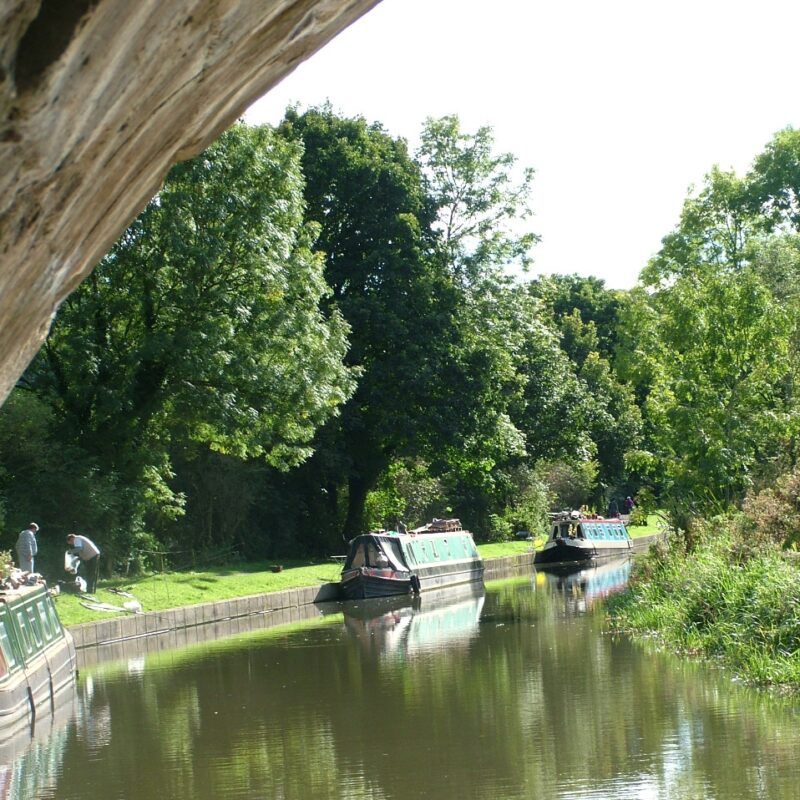
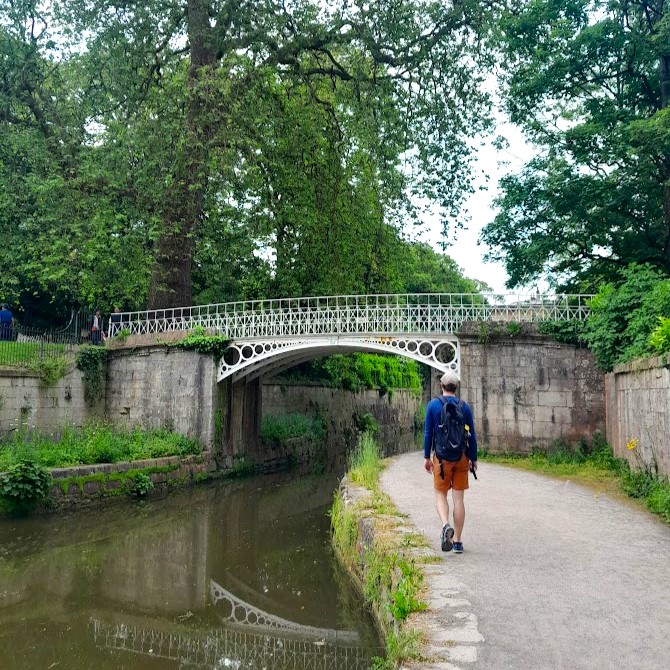
The dramatic ruins of Farleigh Hungerford castle reveal many a tale.
In the 14th century the house was occupied by the Hungerford family. It was fortified by Sir Thomas Hungerford who was speaker to the House of Commons in the late 14th century, the first person to ever be mentioned as holding the position. Alas for Sir Thomas he ‘crenellated’ his new house without the Kings permission for which he was fined and later pardoned in 1379.
Over the years Farleigh would be confiscated by the crown numerous times, restored to the Hungerfords’ several times, used to consign wives, swapped amongst ‘sides’ of the family in the civil war, finally being sold by the Hungerfords’ 1686.
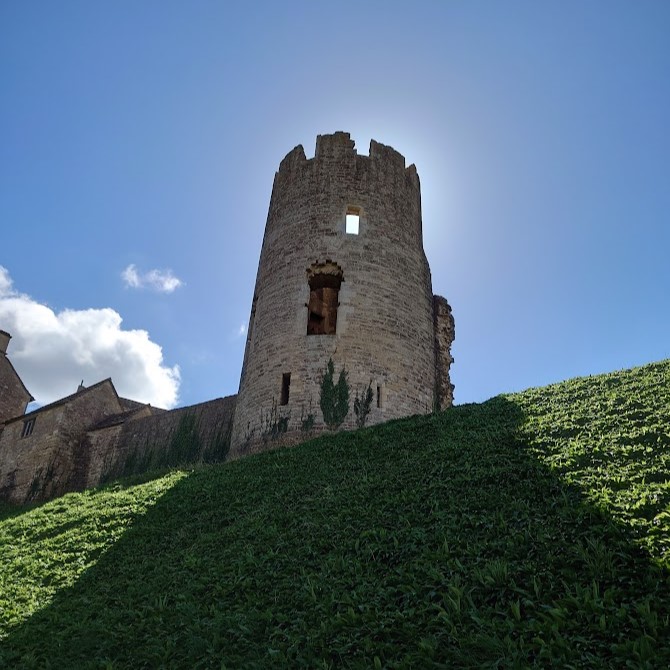
Like to find out more? See our Bath & The Avon Valley trip.

